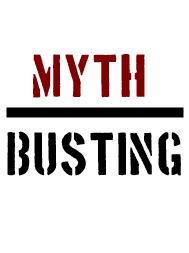Every time the market starts to dip a little bit the media starts going on and on about the the Volatility Index which is widely reported as the “fear gauge”. In case you’re not familiar with the Volatility Index (aka, the VIX), it’s the implied 30 day volatility of the S&P 500. But there’s two sides to the volatility coin. And the VIX doesn’t only represent the implied downside volatility, it just measures the implied volatility.
So, it’s not surprising to see this good bit of research from Tobias Levkovich about the VIX and its reliability as an indicators of future returns (via Business Insider):
“Looking back at volatility data reveals that there are much higher probabilities for market gains when the VIX is sitting between 10 and 15 than when it is in the 20-25 range,” wrote Citi’s Tobias Levkovich in his August chartbook. “Levels of 20-25 do not generate good probabilities of market gains.”
…
At the low 10-15 range, the 3-month, 6-month, and 12-month returns were positive 74.4%, 85.0%, and 87.9% of the time, respectively.
At the low 20-25 range, the 3-month, 6-month, and 12-month returns were positive 58.0%, 55.8%, and 60.5% of the time, respectively.”
In other words, the VIX doesn’t really tell you where the market is headed. It just tells you that some irrational apes expect it to be volatile, which is a lot like relying on the variance of the sun rising to make your next trade decision….
Mr. Roche is the Founder and Chief Investment Officer of Discipline Funds.Discipline Funds is a low fee financial advisory firm with a focus on helping people be more disciplined with their finances.
He is also the author of Pragmatic Capitalism: What Every Investor Needs to Understand About Money and Finance, Understanding the Modern Monetary System and Understanding Modern Portfolio Construction.


Comments are closed.